Key To Northern Defense
Among the JGSDF (Japanese Army), one division stands out in its armored strength – the 7th Division stationed in Hokkaido.
Being tasked with the role of repulsing a Soviet/Russian invasion from the north, the 7th Division is the only armored division in Japan, mainly consisting of three tank regiments, one mechanized infantry regiment, one artillery regiment, and one anti-air artillery regiment.
- General Information
| Personnel | 5,800 soldiers |
| Establishment | August 15, 1962 |
| Headquarters | Camp Higashi-Chitose |
| Defense Area | Hokkaido |
| Main Units | 71st Tank Regiment 72nd Tank Regiment 73rd Tank Regiment 11th Mechanized Infantry Regiment 7th Artillery Regiment 7th Air Defense Regiment 7th Rear-Support Regiment 7th Engineer Battalion 7th Communications Battalion 7th Helicopter Unit 7th Recon Unit |
The possibility of a Soviet invasion force landing in northern Hokkaido was Japan’s No.1 threat throughout the Cold War, leading to the concentration of four JGSDF divisions in the area.
While the most northern 2nd Division bought time for counterattacks, the 7th Division was to serve as an armored thrust and drive the Soviets back to the sea. The 1980’s reorganization transformed the Division into a fully mechanized unit, and was granted prior access to latest equipments.
For instance, the 7th Division is the only unit to operate the Type 90 tank designed to counter its Soviet counterparts, and still receives the best equipment including the new Type 10 tanks.
Each tank regiment is significantly larger than the ones in other divisions, resulting in a divisional strength of 200 tanks. This number means 1/3 of all tanks in the JGSDF is heavily concentrated in the 7th Division.
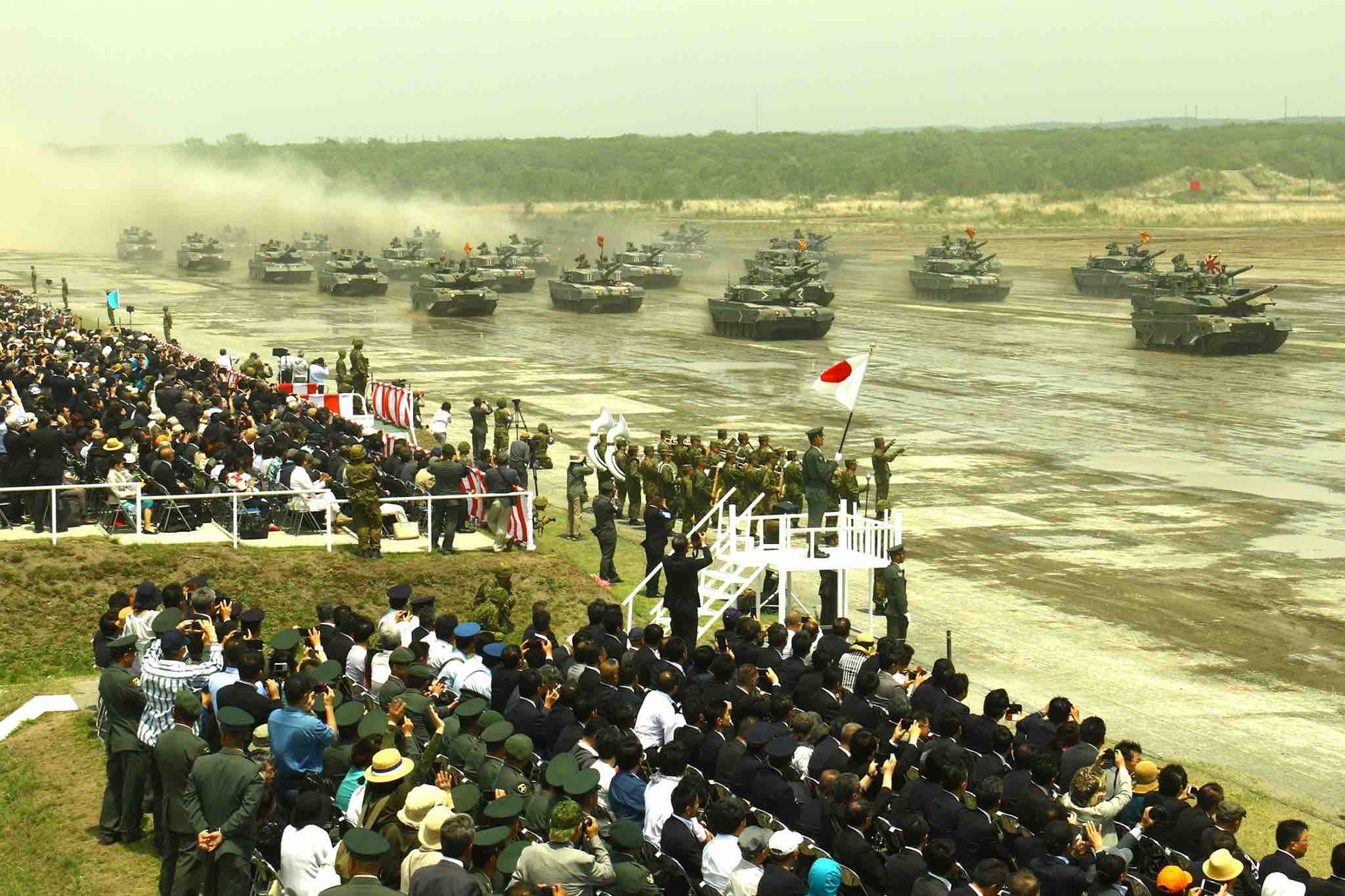 Tanks during a parade (photo: JGSDF 7th Division)
Tanks during a parade (photo: JGSDF 7th Division)
Additionally, the Division is known to have the only fully mechanized infantry regiment and artillery regiment, further indicating its importance within the JGSDF.
The Division’s 11th infantry regiment is comprised of six companies, which is double than normal JGSDF infantry regiments, and is exclusively allocated with the Type 89 Infantry Fighting Vehicle.
Likewise the artillery regiments enjoy rare equipments such as the Type 99 Self-Propelled 155mm Gun, The Type 87 Self-propelled Anti-aircraft Gun, and the Type 96 120mm Self-propelled Mortar.
Normally, these equipments are preferable to be distributed among other divisions/brigades as well, but the expensive price-tags led them to become special hardware for the 7th Division.
Such exclusive rights were not only limited to equipment, but also in terms of personnel. Talented, skillful soldiers including tank crews were prioritized to the 7th Division to ensure its armored punch.
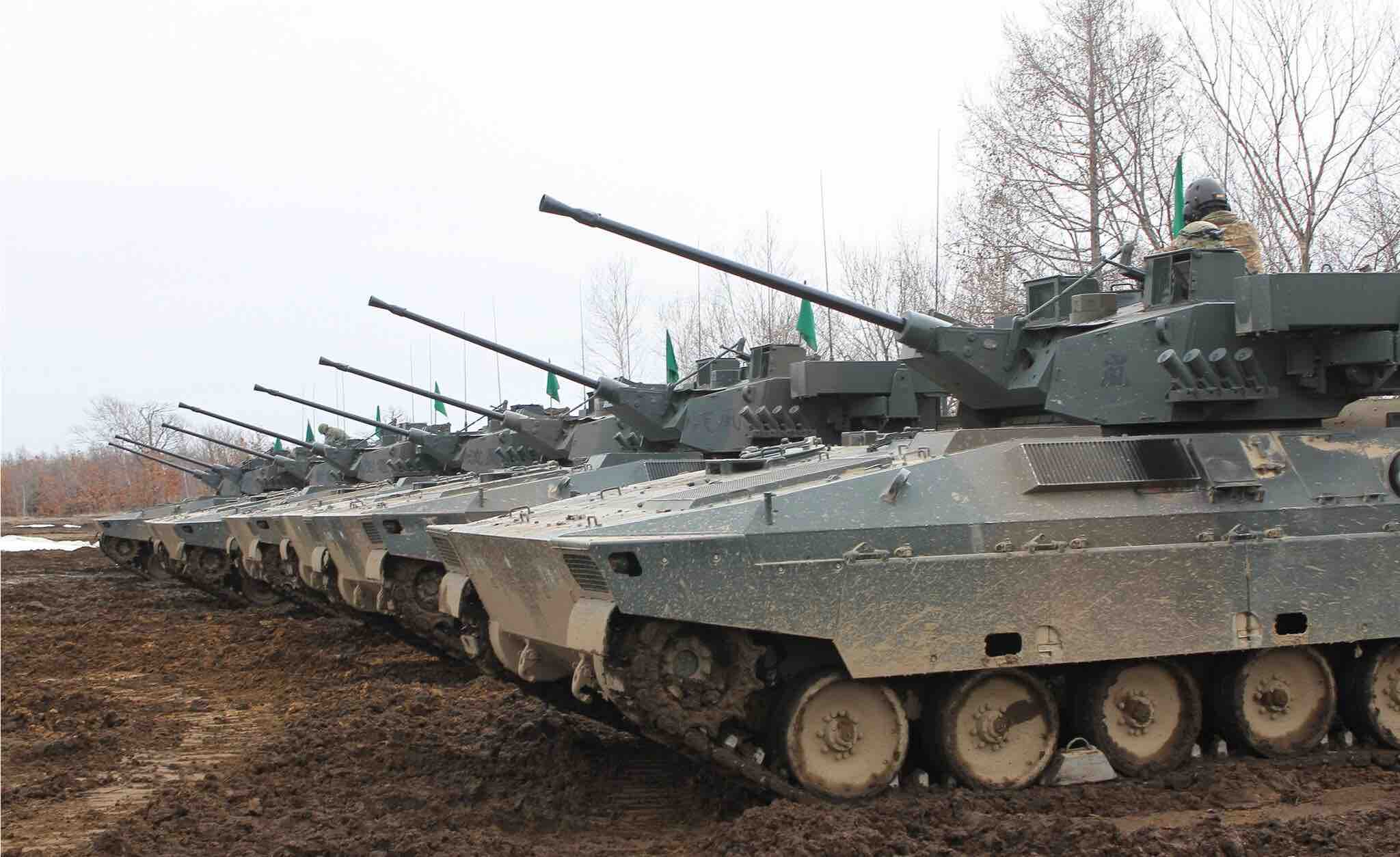 The rare Type 89 IFVs (photo: JGSDF 7th Division)
The rare Type 89 IFVs (photo: JGSDF 7th Division)
Though the Division’s significance has decreased following the dissolution of the Soviet Union, it still remains as the key factor for defending Hokkaido from potential Russian aggression.
It is worth noting that the Division has quite a long history of protecting Hokkaido from the Russians, with its origins dating back to the former Imperial Japanese Army’s 7th Division.
The former 7th Division actually fought the Russians in the 1905 Russo-Japanese War, and was arguably the strongest division in the Japanese Army. This is even portrayed in popular culture including the manga/anime series “Golden Kamuy”.
As long as the Russian Army exists in the Far East, it is unlikely the famed 7th Division would lose its status as an armored force defending the north. Plus, Hokkaido is the few geographically viable areas in Japan to deploy large armored units considering the country’s mountainous terrains.
Possible Southern Deployment
As we have seen, the 7th Division still enjoys rare military assets and excellent personnel, but the recent shift towards the south has caused some significant change.
While the Division retains the privilege of receiving skillful tank crews and artillery teams, most talented JGSDF personnel are being diverted to the island defense units like the Amphibious Rapid Deployment Brigade (Japanese Marines).
These changes are inevitable considering the growing necessity for island defense in the south, and the JGSDF has made a historical decision to convert all divisions/brigades into mobile units, completely breaking away from the conventional static defense posture.
This means the 7th Division will also be deployed to the south by JMSDF transports and chartered ferries if necessary. In fact, experimental deployments of the Type 90 tanks to Kyushu have already been conducted several times and is expected to continue on a regular basis.
If a contingency breaks out in the South-Western islands, the 7th Division will probably serve as an armored reserve defending Kyushu, while the Japanese Marines and 1st Airborne Brigade fulfill their main task of retaking occupied territories.

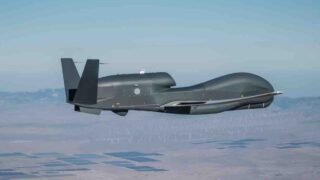
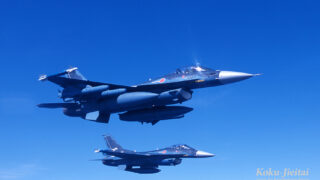
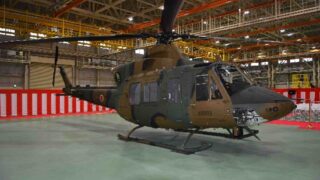
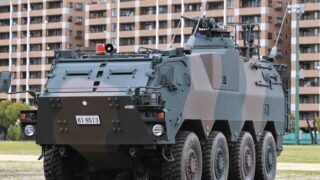
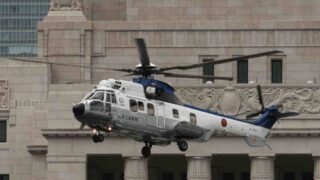
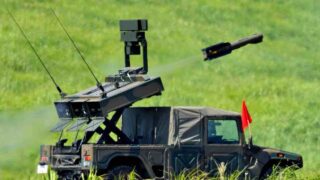
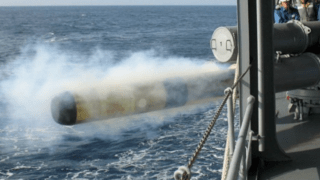
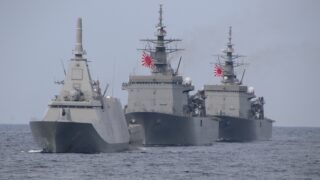
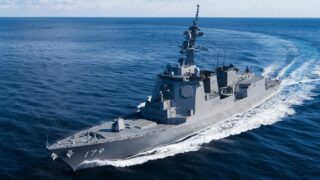
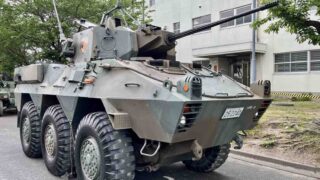
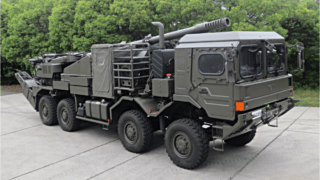
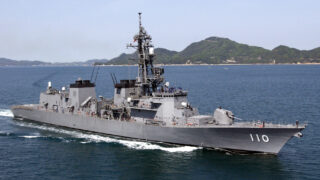
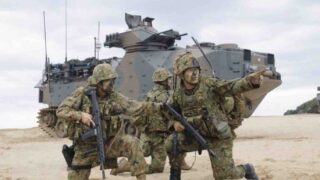
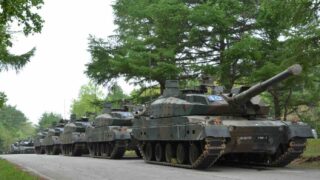
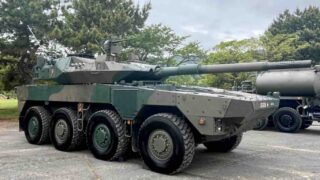
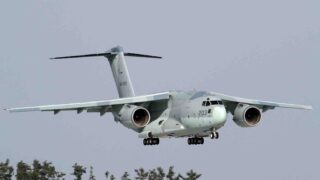
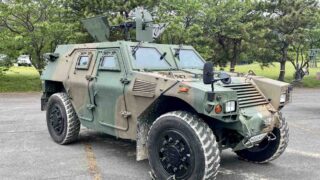
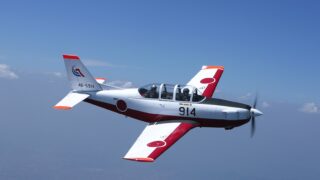
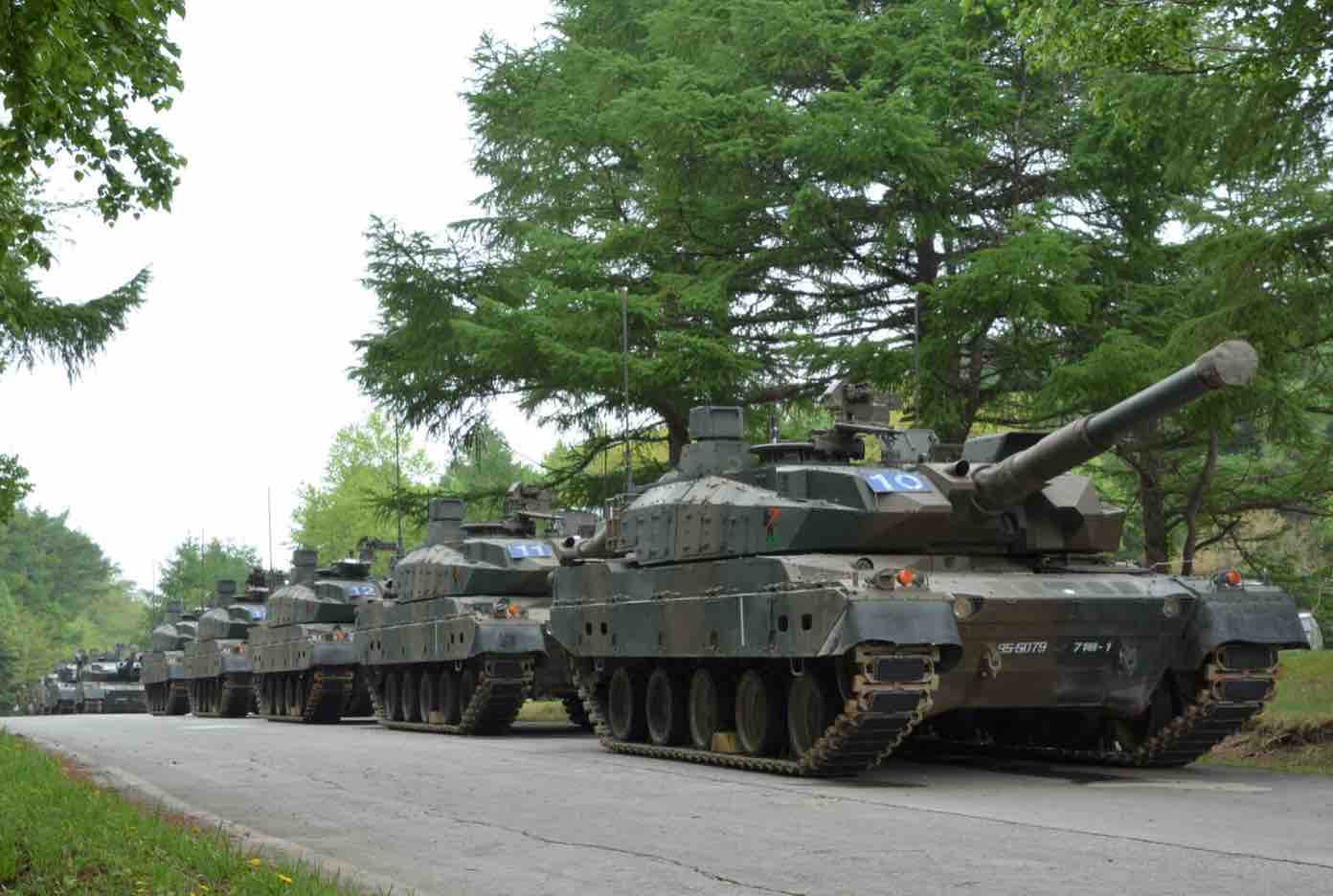
Comments